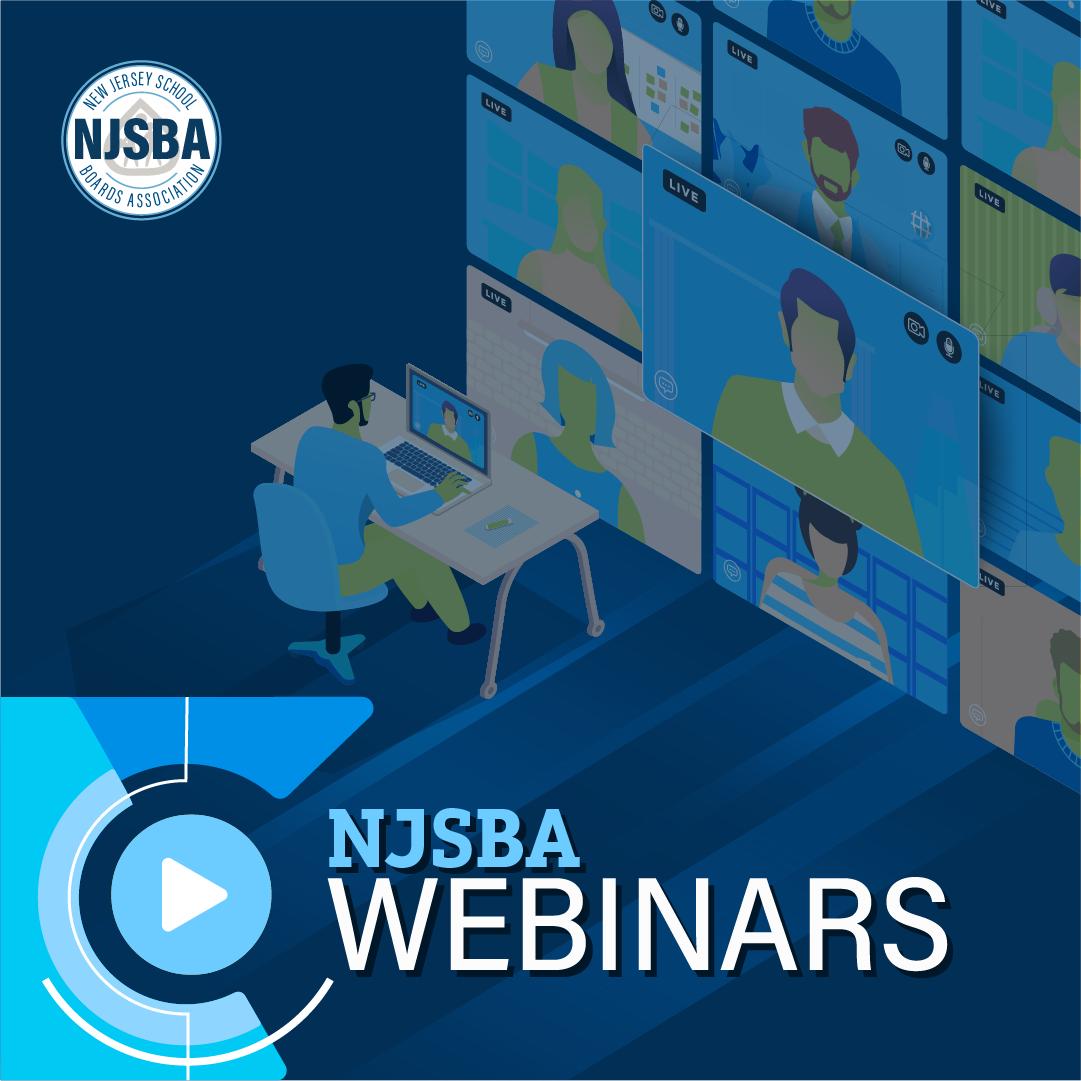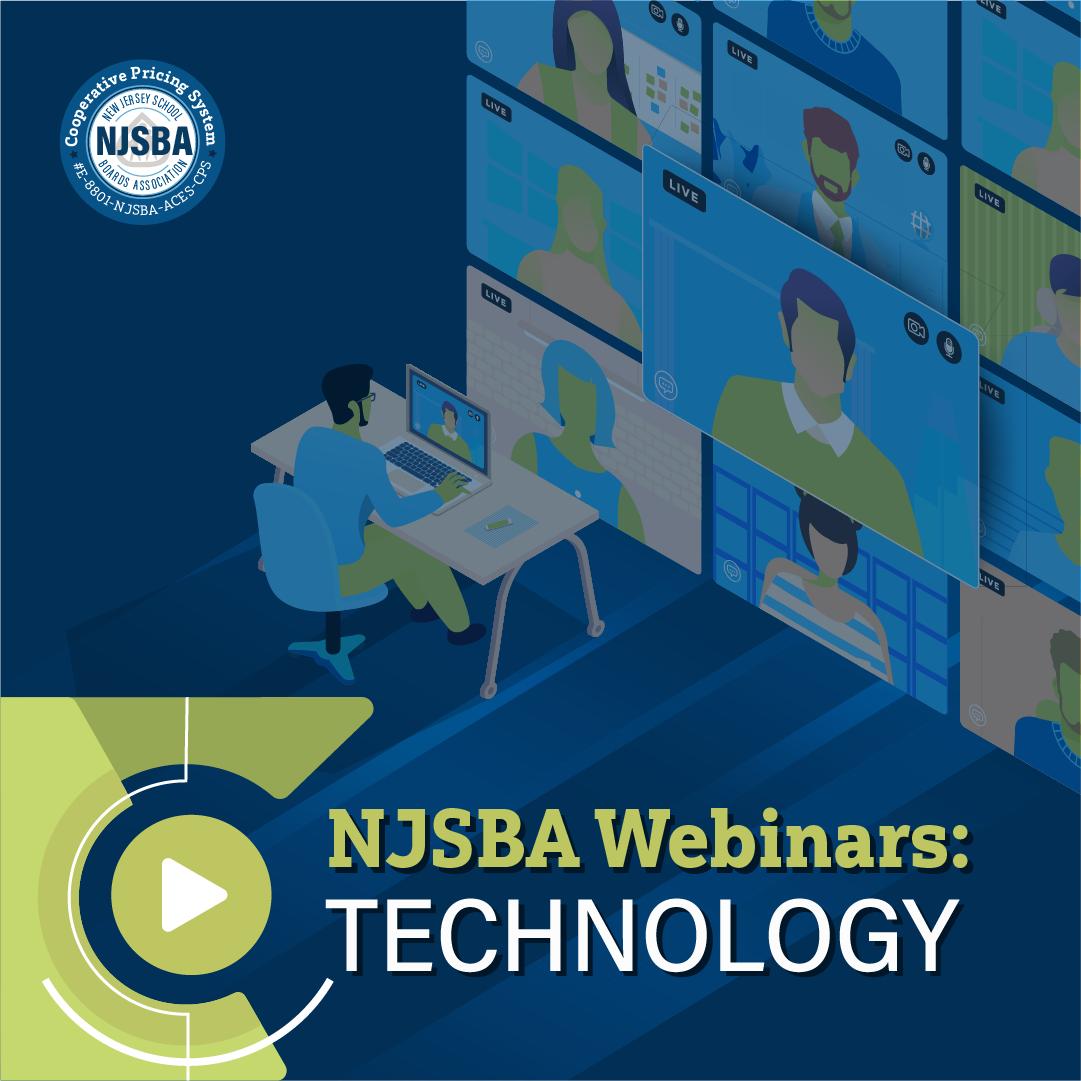Lawrence Township Public Schools and Mendham Borough School District were recently honored as recognized programs in the annual School Leader Awards, which highlights creative and effective programs that New Jersey schools are implementing to enhance student achievement.
In Lawrence, the Slackwood STEAM Center at Slackwood Elementary School has enabled students to embrace new ideas, empowering them to embrace high levels of thinking.
After the Lawrence Township Education Foundation awarded Slackwood Elementary School a $100,000 grant to complete a redesign and reconstruction of the lower level of its 90-year-old building, district leaders got to work.
“This was truly a moonshot opportunity, since this grant provided for construction, furniture, resources and supplies,” said Jeanne Muzi, director of student achievement, equity and opportunity at Lawrence Township Public Schools. She added, “We also repurposed existing items and were creative in figuring out how the space would work.”
The design and construction took place during the COVID-19 shutdown. In September 2021, the Slackwood STEAM Center opened, enabling students in grades K-3 to experience learning as an engineer, computer scientist, game designer, climatologist, architect, rocket scientist and more.
Goals for the center include:
- Creating a flexible, innovative, creative learning space (from underused storage and office space), so students have opportunities to experience a myriad of STEM/STEAM projects and initiatives, while cultivating creative and critical thinking skills.
- Communicating the importance of STEM-based learning, so all Slackwood stakeholders gain experiences and exposure to a range of technological, engineering, scientific, mathematical and design thinking lessons, units, activities and special events, so all students grow as thinkers and learners.
- Providing cross curricular, project-based learning opportunities for all Slackwood students to support academic, language and SEL growth and development.
According to the district’s application, the center is large enough to accommodate two grade levels at the same time. It has hosted visiting artists and authors and has enabled staff to have “See STEM, Be STEM” discussions with young adults working in a STEM field.
“Slackwood has a very diverse student population, so the STEAM Center provides many valuable learning opportunities that might otherwise be inaccessible for some kids, such as coding, robotics, STEM building and designing,” Muzi said. “All the students are routinely excited and open to new learning when they arrive.”
Many teachers have built STEAM time into their weekly schedules, thus increasing engagement, Muzi said. “Having the STEAM Center has enabled all of our students to be involved in hands-on, creative projects, regardless of their background or experiences,” she said. “Teachers have guided the students to see failures and setbacks as opportunities. The kids also learn that questions are often more important than answers. So, with those shifts in mindset, you can really feel the positive energy when you enter the space.”
Asked what the impact has been on student achievement, Muzi noted that it’s hard to say – although scores on state assessments in both reading and math have been improving over the last few cycles at Slackwood Elementary School. “What I can say for certain is that as a school, we have seen a culture of problem solving take root,” she said. “The hands-on, experiential learning has enabled students to engage directly with materials and projects, which can often lead to better retention of information and a deeper understanding of concepts. I think we have successfully demonstrated to our students that no subject exists in isolation, and by integrating multiple disciplines into STEAM experiences, we have helped students to make connections between different subjects.”
That integrated approach has enhanced critical thinking and problem-solving skills, and has gotten students excited about learning, she said. “Students are encouraged to think outside the box, develop original ideas and explore creative solutions, which are crucial skills for future success,” she said.
Everyone has been able to thrive using the center, including students who need additional math and/or reading support as well as the school’s substantial number of English language learners, the school district noted in its application. They all benefit from the higher-level vocabulary present in various projects along with peer interactions. “Our special education students have many opportunities to express themselves in different ways and to gain confidence as they become skilled in many STEM-based activities,” the district noted in its application. “The large number of projects that include building, coding, robotics, circuitry and more, personalize learning, and teachers routinely craft experiences that connect to classroom learning, but are differentiated, so every student grows and engages at high levels.”
The Slackwood STEAM Center will help every student who attends Slackwood School for years to come. “The center is in its infancy, and it holds such great potential for our students, families and community,” Muzi said. “We believe if you see yourself as a scientist, technologist, designer or engineer when you are in second or third grade, there is a great chance that you will continue to see the possibilities that exist for you in the future.”
Making the Grade in Mendham Mendham Borough School District was also honored as a recognized program in the School Leader Awards for its program titled “Making the Grade: Painting a Comprehensive Picture and Elevating Conversations about Student Academic Achievement.”
The program revolves around a report card introduced at Mountain View Middle School, which serves grades 5-8, which tells parents, guardians and students about the student’s academic achievement in specific content areas. The report card also identifies noncognitive factors that could play a role in academic progress. The inclusion of the noncognitive factors is intended to reflect an individual student’s work habits, which can impact their learning experience in each class.
Work on the new report card began in 2019, when the district’s administrative team, during an annual retreat, combed over New Jersey Student Learning Assessments results and other local data, such as marking period/final grades and student attendance. They had questions, such as:
- Why do some students meet expectations on the NJSLA, yet earn below-average grades in their classes?
- Conversely, how is it that some fail to meet expectations on standardized assessments, yet earn high marks in classes whose curricula are based on the same standards?
District leaders decided that Mountain View would reexamine its current report card format with the goal of more accurately representing/communicating student mastery of content along with other noncognitive factors. The Mendham Borough Board of Education Curriculum Committee and Parent Council were kept informed throughout the process.
The district leaned on the expertise of Dr. Thomas R. Guskey, professor emeritus in the College of Education at the University of Kentucky, who has written numerous books about teaching and education, which served as the basis for staff meetings throughout the year. The faculty participated in a professional learning session with Guskey in September, “Making Grades Fair, Equitable, and Meaningful,” which kicked off the report card initiative.
The most critical task was to develop a purpose statement to be included on student report cards: “The purpose of this report card is to communicate to parents/guardians and students about the student’s academic achievement in specific content areas and observances of noncognitive factors identified for continued academic progress. The inclusion of the noncognitive factors is intended to reflect an individual student’s work habits impacting his/her overall learning experience in each class,” according to its application.
The development of the report card format, the creation of the corresponding rubric and the introduction of a new mid-marking period progress report all occurred during the summer of 2022. Students are scored as exemplary, meeting, developing or not meeting.
“The report cards started in fifth grade in the 2022-2023 school year and have followed each cohort since,” said Aimee Toth, principal of Mountain View Middle School. “This year, for example, students in grades five through seven will use the new format. The idea was to do a gradual rollout, so that adjustments could be made as needed and to avoid changing practices mid-way through a student’s middle school years.”
The school received meaningful feedback on the initiative at the end of its first year. “The progress report, in particular, is useful for parents in understanding, from narrative comments, what a student’s work habits look like in the classroom and how they impact overall achievement,” Toth said. “For the teachers, this is another opportunity to open and maintain the lines of communication. Students also play a role in self-assessing and conferencing with their teachers.”
From the start of the initiative, the goal has always been to provide a more comprehensive picture of the student as a whole, Toth said. “When a report card just states a grade, it is difficult for parents to understand the other noncognitive factors that contributed to that number,” she said. “It also helps us as educators to look for trends – do we need to spend more time on explicit modeling of collaboration, for example, based on what we are seeing?”
The school appreciates the fact that the school district and its board of education encourage administrators and staff to advance creative ideas to promote the education of children, Toth said. “It is not a perfect system and there is always room for improvement, but the progress report and report card initiative has added value to our conversations about student growth and achievement,” she said.
Thomas A. Parmalee is NJSBA’s manager of communications and publications.


